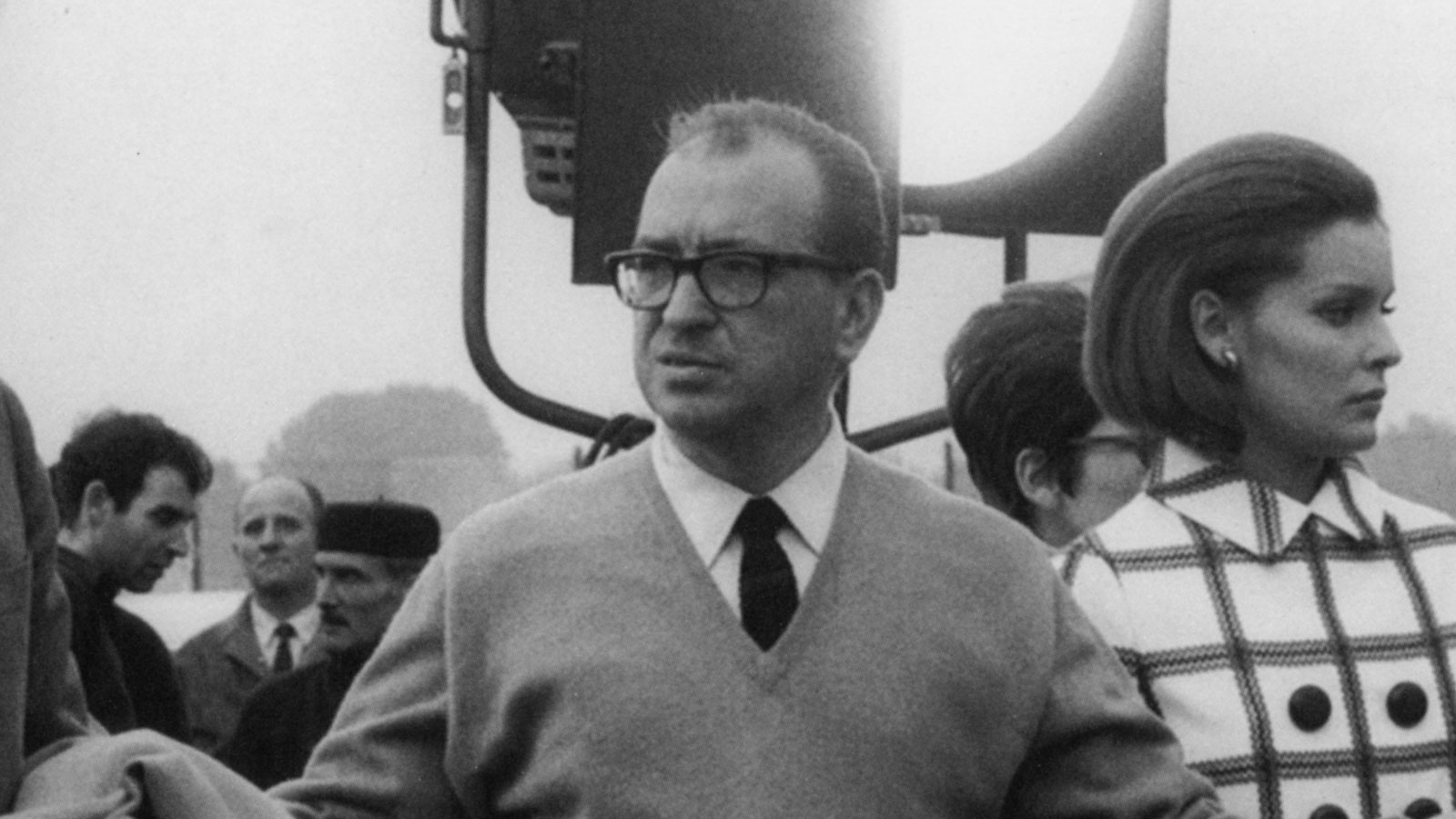
Meet Antonio Pietrangeli
Antonio Pietrangeli was a driving force in Italian cinema years before he ever worked on a movie. Pietrangeli began his film career as a critic, just like one of the figures he most admired, French director Fran¨ois Truffaut. A constant advocate in the late thirties and forties for a movement toward authenticity in Italian cinema, Pietrangeli (who originally studied to be a doctor) wrote ideologically fueled articles for the Italian journal Cinema and the French La revue du cinéma that rejected the notion of movies as escapism and insisted on the political importance of realism on-screen. “In art there is no innovation or renewal if not starting from the extreme validity of the real and of truth,” he wrote. As a consequence, Pietrangeli is widely credited, along with another journalist turned director, Giuseppe De Santis (Bitter Rice), with having helped lay the groundwork for the Italian neorealist movement, which began in earnest in the late 1940s, with films by Vittorio De Sica (Bicycle Thieves), Roberto Rossellini (Rome Open City), and Luchino Visconti (La terra trema), and ended up having an incalculable influence on the history of world cinema.
Pietrangeli entered the film industry as an assistant on Visconti’s pulpy-realist Ossessione (1943) and also worked on the screenplays for such neorealist landmarks as La terra trema (1948) and Rossellini’s Europa ’51 (1952). His directorial debut, Il sole negli occhi, was released in 1953—notably, the year that Italian film scholars usually identify as the end of neorealism. In this drama about a peasant girl who goes to Rome to work as a maid and ends up a defiantly single mother, Pietrangeli was moving away from the stricter realist tenets of the movement. Perhaps even more importantly, he was establishing one of the recurring themes in his career: the plight of women, marginalized both in contemporary Italian society and in cinema. He further explored these ideas in films that skirted the line between drama and social satire, such as Adua e le compagne (1960), which concerns prostitutes trying to escape their past after their brothel closes, and La parmigiana (1963), a comic portrait of a young woman who’s forced out of her village because of scandal and decides to live a life independent of men.
Pietrangeli was also deeply invested in surveying the cultural and financial landscape of contemporary Italy, which was still going through rapid modernization twenty years after the end of World War II and the resultant “economic miracle.” I Knew Her Well, which Italian film scholar Roberto Silvestri has called “the most important movie of the 1960s,” was perhaps the greatest synthesis of Pietrangeli’s interests, focusing on a beautiful young woman from rural Italy trying to make it as a model and actress in a materialistic, emotionally mechanized Rome.
Tragically, Pietrangeli would never complete another film. He died in 1968, at age forty-nine, in a drowning accident, while he was filming Come, quando, perché, which was ultimately finished by director Valerio Zurlini.
Filmography
1953 Empty Eyes (Il sole negli occhi)
1954 Girandola 1910 (part of the omnibus film Mid-Century Loves)
1955 The Bachelor (Lo scapolo)
1957 It Happened in Rome (Souvenir d’Italie)
1958 March’s Child (Nata di marzo)
1960 Adua and Her Friends (Adua e le compagne)
1961 Ghosts of Rome (Fantasmi a Roma)
1963 The Girl from Parma (La parmigiana)
1963 The Visit (La visita)
1964 The Magnificent Cuckold (Il magnifico cornuto)
1965 I Knew Her Well (Io la conoscevo bene)
1966 Fata Marta (part of the omnibus film The Queens)
1969 How, When, and with Whom (Come, quando, perché;
completed by Valerio Zurlini)